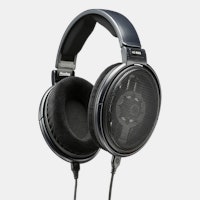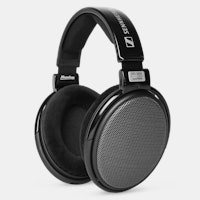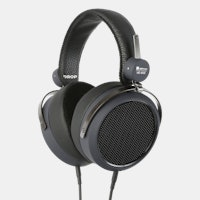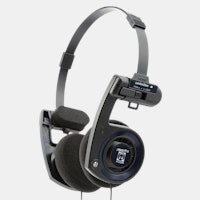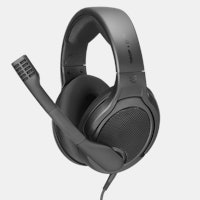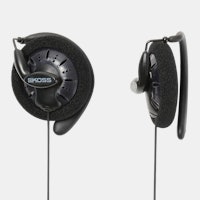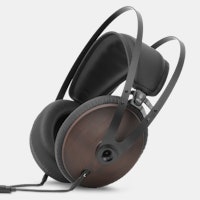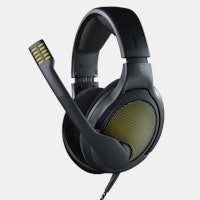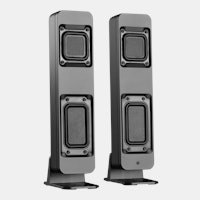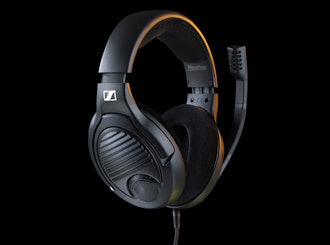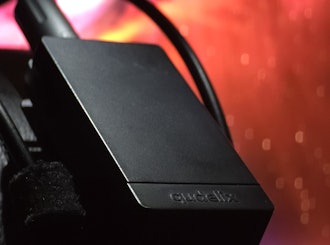Click to view our Accessibility Statement or contact us with accessibility-related questions















Showing 1 of 21 conversations about:

Violectric V850 DAC
damian612
6
Jun 21, 2020
I want to see audiosciencereview.com measurements before I even think about it.

Offramp
76
Jun 27, 2020
damian612Just google this DAC there is a thread on Head-fi.org, runs for like 2012 to 2020. The designer of this DAC
is on the thread telling you why he did what he did. He point blank explains the chipset and what it can and won’t
do. He talks about why there is no DSD processing. I think there is a new one coming but it won’t do DSD processing either.
damian612
6
Jun 27, 2020
Offramp"He point blank explains the chipset and what it can and won’t do."
Sure. But the measurements FIRST.

Jayrock
19
Aug 10, 2020
damian612If you only care about measurements, just buy an topping aliexpress dac and save your money. They seem to be a big hit with people who prefer graphs to critical listening

chew.isaac
9
Aug 11, 2020
damian612Measurements have their place. And I think Amir makes many manufacturers become more responsible. But there is no proof that better measurements equate to better sound. I have heard of a high end equipment designer who pushes his equipment for the best measurement his whole life and later acknowledges that it is a mistake to think better measurements equals to even better sound. Good measurements may be a good place to start. From there how will it sound? That we have to listen. Graphs does not equate to sound. We can’t map our mind - what we will like or dislike, based on a straight line. A headphone team once shared they made a design sound worse to have a better measurement as they know it will sell better. As a graph can be easily shared and seen. Sound? It cannot be easily shared and seen. Pushing measurements too far or become religious about it and it can be to the detriment of the end users.

HeadJourney
49
Aug 11, 2020
chew.isaacMeasurements are a simple and objective way to determine levels of distortion. The resulting SQ at the headphone end is only as good as the weakest (greatest distortion) component in the lineup. A great DAC in an otherwise mediocre lineup won't make a qualitative difference. By the same token, an expensive DAC with mediocre measurements in an otherwise top-of-class lineup will degrade the overall performance.
Another variable is personal preference. Some prefer accuracy to other SQ factors. For these audiophiles, measurement is critical. They want minimal distortion. For those who prefer a "richer" sound, selected distortion may not be a bad thing.

chew.isaac
9
Aug 12, 2020
HeadJourneyHi HeadJourney. I come from a background where precision matters. So I understand that what you say makes sense. I suggest we also look at the entire system to make sure it works as designed. If a user looks at a graph and knows how it sounds, then a user can choose the graph he likes and he will be confident it gets him the sound he wants. That will be great. But if we look at the process chain, there are two weaknesses.
1) a user may not be familiar w graphs to be able to know which graphs sound best for them. They can only guess.
2) a user may also be misled by graphs when graphs does not tell the full picture. An example is I connected the Topping d90 to my active speakers via XLR and it gave a sound that is subpar compared to the matrix xsp connected to the same speakers via xlr. In this case the output stage of the d90 is not good enough. But measurements could not tell the truth and my friend who purchased the d90 had the same experience in his passive speaker set up.
To overcome these weaknesses users need to go through a series of headphones labeled w graph type. And get well versed w how different graphs will generally sound. And then figure what graphs they like. Then for the actual purchase, besides graph matching, he/she needs to listen to it in his/her rig to be sure.
The weakness of using graphs is users are not sure which graphs is to their liking. And the graphs not telling them the full picture of the sound. So it is the same as listening to reviewers - we still may not get the full picture.

HeadJourney
49
Aug 12, 2020
chew.isaacThe Topping D90 is a dedicated balanced DAC. It can't be used to power speakers. You need an amp to do that. For example I have a D90 teamed with a Monolith THX AAA 887 balanced amp for headphone listening.
damian612
6
Aug 15, 2020
chew.isaac"Good measurements may be a good place to start"
So why not to start with measurements?
PRODUCTS YOU MAY LIKE
Trending Posts in Audiophile

redspet
So I bought the HD6xx
So I bought the HD6xx a few weeks back and when I finally got the packages i got some Noir 99. ever happened to any of u guys and how did it get resolved
Apr 29, 2024

SsButerbal
Ringing in PC38X's
I recently got this headset, and wow is it good. My only issue is when certain people talk on discord, I can hear a really high pitched ringing. I fiddled with a bunch of settings, computer audio and discord, and nothing seems to solve the issue. It is primarily if not all in my right ear only. Is there something wrong with my headset, or was that ringing always there I can just hear it cause the headset is THAT good? I haven't had any issues with any other application, though I have yet to test if I can hear the ringing on a different version of discord, say on my xbox instead of my pc. Only other issue I've had is occasional static, but I can't tell if it's from the headset or the show/game/etc.
Apr 24, 2024
itsamepe
Sennheiser PC37X randomly goes bad after disconnecting the cable ?
Greetings, Yesterday I was using my headset like normal with my macbook, just listening to music and on a call with people like usual, and the headset was perfectly fine. The stock wire that came with the headset is extremely long and yesterday it annoyed me very much that it kept getting tangled with itself, so I decided to see if the cable is replaceable. I pulled out the cable from the headset and saw the adapter, and looked online for a replacement. Upon plugging it back in, the audio sounded extremely muffled and washed out. Im not sure what I did wrong to make it mess up like that as I've always taken good care of it, ive had it for about 2 years and its always just been chilling on my desk, but anywho I thought the cable just went bad and ordered a replacement. The replacement came, and the issue is still persistant, so I am not sure what the issue is I've tried multiple different headsets and the issue is not with the port, and I also tried it with my windows laptop and...
Apr 23, 2024

MrChiSox
Big changes coming to my tiny little music room, I've recently purchased a new stack. Currently figuring out where to locate it all and ordering up the necessary cables, it won't be too long before I'm up and running. I am now the proud owner of a brand new stack. It's a European brand called Earmen. Amp, DAC, Streamer & Linear Power Supply. It won't be long!
https://www.youtube.com/watch?v=MB15yM4UptQ
Apr 23, 2024

Briankan
Recommendation for my next headphone set? I have Koss 95x
Hey all, What would you recommend I get next and why? I have Koss ESP-95x electrostatic massdrop headphones. These are my first and only audiophile set. I love them. I think my only real requirements is $500 or less for the headphones and that they have a little more low end. I don’t need thump but these are really light on lows…but the experience is still awesome. Also any recommendations on an amp? I only have my electrostatic thingy. I am using the Topping D50 DAC. thx!!
Apr 22, 2024

Simthaniel
Rigs
Modded headphones with qudelix at the core
When I received the Qudelix 5K, I had already modified a pair of Superlux HD-681 headphones. I previously soldered my own balanced connections to the drivers, providing multiple ways to connect and...
Apr 14, 2024
